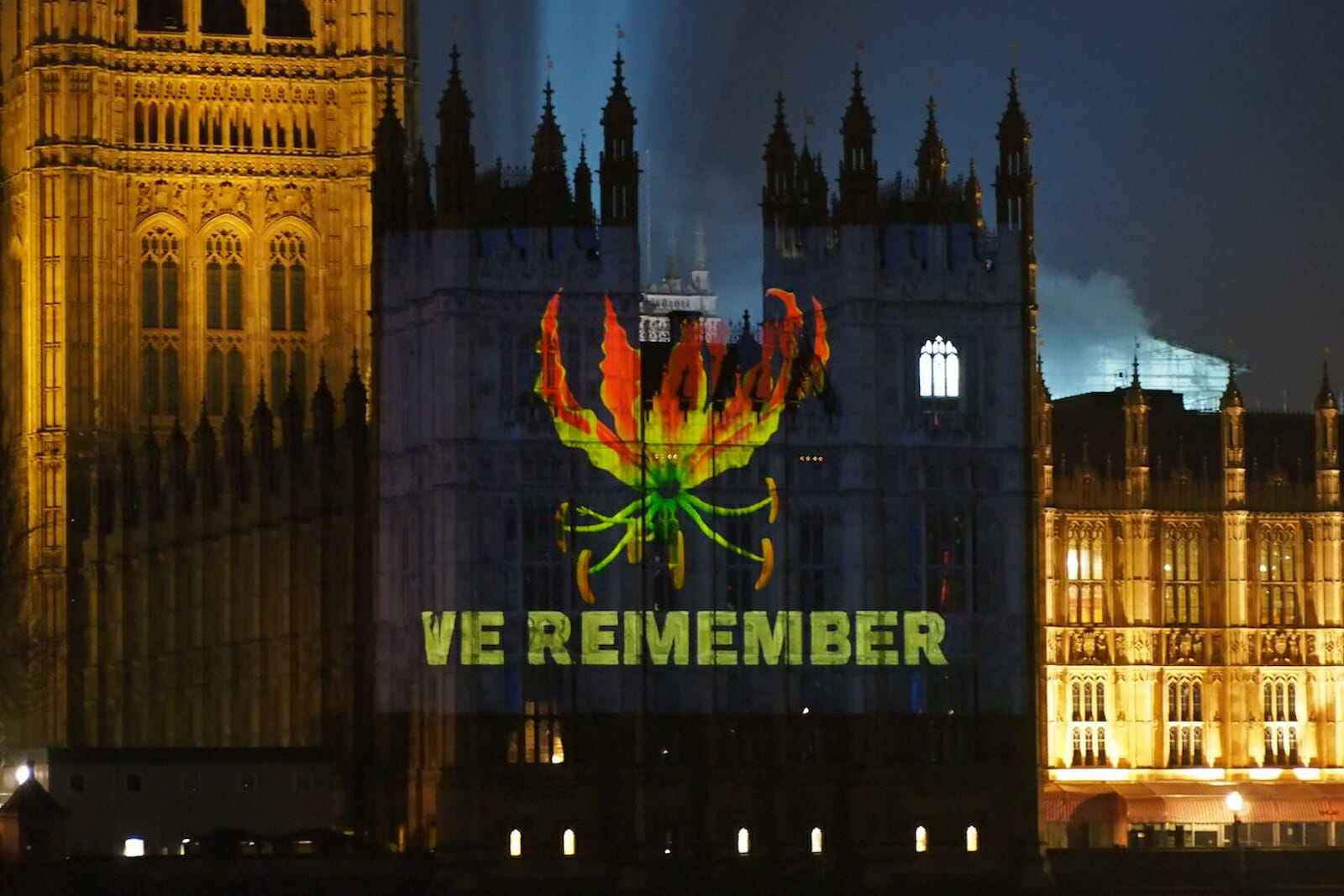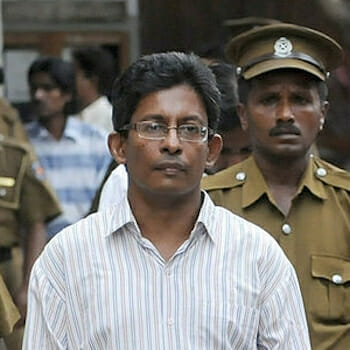
Tamil Resistance Lives on Despite Sri Lanka’s Ban on Maaveerar Naal
Over the three decades that it has been celebrated, Maaveerar Naal has undergone a subtle shift in emphasis. In what began as a remembrance day for fallen Liberation Tigers of Tamil Eelam (LTTE) rebels in the country’s civil war, it has become a commemoration asserting the rights of Tamils.
Despite the change in accentuation, an element that has persisted through the years is Maaveerar Naal’s strong ties to resisting injustice and oppression. And in today’s context, Maaveerar Naal symbolises resistance to a sham reconciliation process proffered by the Sri Lankan state instead of power-sharing and accountability, which are required for an enduring political settlement.
Sri Lanka’s political conflict began when Tamils resisted systemic discrimination, racism, and human rights violations by a state controlled by the Sinhala-speaking majority. In the 1970s, Tamils asserted their right to self-determination to secede non-violently, which morphed into a civil war in the 1980s when Tamil guerrilla groups took up arms in support of this cause. The fighting ended with the military defeat of the LTTE in May 2009.
In 1989, while fighting was going on, LTTE Leader Velupillai Prabhakaran moved to designate November 27 as a day to commemorate rebels who had died. November 27 was selected because it was the anniversary of the first cadre – Shankar (aka Suresh) – killed in 1982 fighting the army. Therefore, the provenance of Maaveerar Naal was to memorialise a military act, although it later melded into a two-day event as Prabhakaran’s birthday fell on November 26.
In 1989, the LTTE was resisting the Sri Lankan state militarily and politically, and the Indian Peace Keeping Force (IPKF), which was deployed in Sri Lanka in a failed bid to stop the armed conflict. Behind the act of resistance was the conviction that Sinhala hegemony was unjust and obstructed Tamils living as equals with other Sri Lankans.
Sri Lankan police disrupt Maaveerar Naal preparation in Kilinochchi
Sri Lankan police disrupted Tamils who were clearing the Kanagapuram thuyilum illam yesterday morning as preparations were underway for Maaveerar Naal. #tamileelam #LTTE #MAAVEERAR #NAAL pic.twitter.com/ll9geQjECa— vijayarupan (@tvijayarupan) November 17, 2020
On May 18, 2009, Prabhakaran and other senior commanders of the LTTE were killed. Following that, Maaveerar Naal took on a new significance.
With resistance to Sinhala hegemony in the form of creating a new state by military means over, political and social reintegration began. This does not mean that everybody supported this objective. But for all practical purposes, in the short-term, that became the goal.
The reintegration strategy has been pursued in basically two ways: emphasising, despite numerous rebuffs, that Tamils are loyal – if second class – citizens of Sri Lanka and by asserting that Tamils would only reintegrate if they were treated as equals, which would demand justice through accountability and power-sharing.
It was in the second means of reintegration that Maaveerar Naal was to play a part. In the years immediately following the end of the civil war, President Mahinda Rajapaksa took a hard line against accountability. His government refused to prosecute military personnel accused of war crimes. He also authorised disappearances, torture, land-grabs, and militarisation targeting Tamils. Second, when the largest Tamil party in parliament – the Tamil National Alliance – proposed holding direct one-on-one negotiations with the government, Rajapaksa rejected it. Instead, he favoured forming a parliamentary select committee, in which the TNA would be merely one political party whose demands on behalf of the Tamil people would be drowned out by a plethora of Sinhala parties.
In other words, the government was pushing a political settlement without substantive justice.
The Tamil public, their dreams of a separate state defeated, reacted. On November 27, 2011, at the University of Jaffna “unidentified persons” commemorated Maaveerar Naal in defiance of the government. When it was repeated in 2012, the crackdown was harsh with students assaulted and arrested.
These acts of defiance not only symbolised Tamil opposition to the Rajapaksa regime and the atrocities it had committed but harkened back to the previous phase of the struggle for justice. And from then on, Maaveerar Naal symbolised resistance to the state and its project of reconciliation without justice. This project has spanned a decade and three presidencies – Mahinda Rajapaksa, Maithripala Sirisena, and now Gotabaya Rajapaksa. Throughout these 10 years, governments proposed toothless institutions to deal with accountability. The Lessons Learnt and Reconciliation Commission which Amnesty International said: “was not a credible accountability mechanism.” The Office of Missing Persons (OMP) put forward in 2018 as a panacea for disappearances was roundly rejected by the Tamils, as was the Office for Reparations.
Instead, Tamils have called for justice and accountability through an international investigation into wartime atrocities, disappearances, demilitarisation, and, at the very least, power-sharing within a federal state. The Gotabaya Rajapaksa government rejected these demands by withdrawing from UN Human Rights Council Resolution 30/1, which outlined transitional justice provisions for reconciliation. Further, it has pardoned a soldier convicted of murdering Tamil civilians, said the disappeared were dead and wants to halt further devolution of power.
As Tamil calls for justice and Colombo’s resistance to it increased it was inevitable that the government was going to crackdown on Maaveerar Naal yet again in 2020. The government not only banned public memorialisation, but even private ceremonies were disrupted and those posting on social media arrested.
While the government’s ban on collective memorialisation has been hailed by some as a victory, it is not so. While Colombo succeeded in banning public remembrance, it could not extinguish the flame of widespread individual resistance. And acts of individual defiance usually demand more courage than mass defiance. Numerous individuals defying the ban have only shown growing resistance to Colombo’s diktat. And the defiance of laws banning Maaveerar Naal will continue among Tamils as long as governments and their civil society allies pursue reconciliation without justice.

